How to build a streaming PC
We show you the hardware you need, and talk to a livestreaming pro
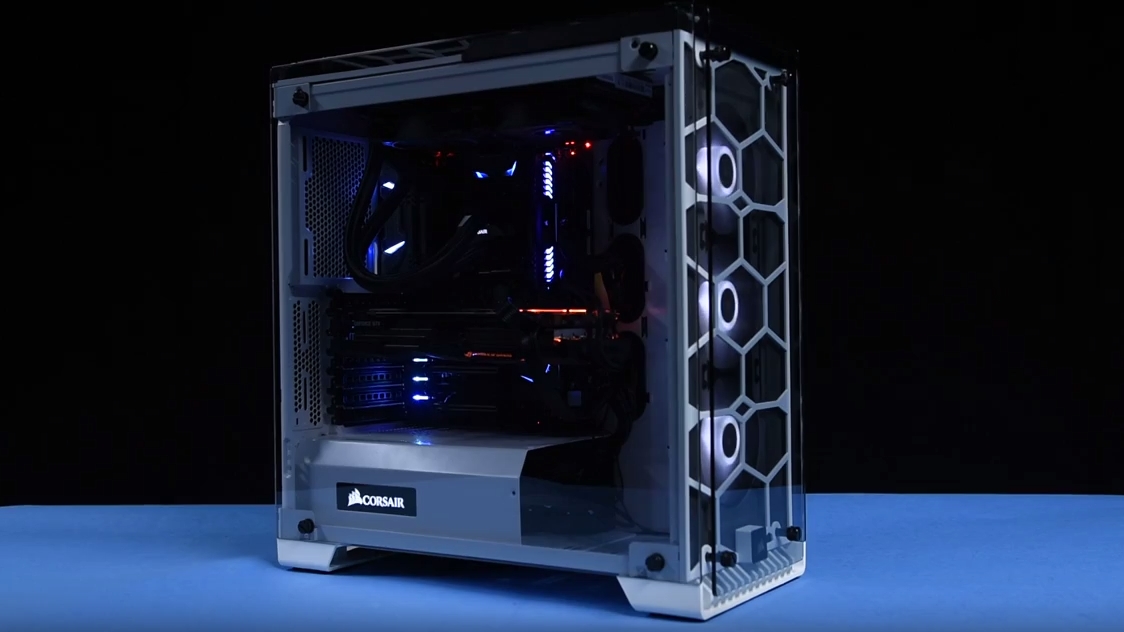
Want to become a popular game streamer? In this guide we’ll show you how to build the ultimate live streaming PC, and we also talk to popular livestreamer Tabitha Lyons, aka artyfakes, who shares her tips on how to grow your audience.
There are many reasons why you might want to get into game streaming. For a start, it’s a great way to make friends and build up a large online following. And if you’re particularly skilled at a game it also gives you the chance to show off – and who doesn’t love that?
Most importantly, it’s fun. After all, you’re playing games and interacting with like-minded people! Audience-wise, there’s huge potential to reach a large number of folk – in November there were 15 million active users on Twitch per day, with the average amount of time spent by users on Twitch being 106 minutes.
That's just a snapshot of one streaming service, but it gives you a good idea of just how popular watching people stream their gameplay is.
Building the ultimate streaming PC
So, if you’re looking to become a streaming superstar, what kind of hardware do you need? We’ve put together what we think is the ultimate streaming PC, capable of playing the latest games while simultaneously streaming your gameplay over the internet. It should also be able to record video and audio footage of you playing.
That’s asking a lot more of your PC than normal, so there are certain components or peripherals that you’ll need to invest in. For our ultimate streaming PC we're going for the best of the best components, which means it can get a little pricey, so if your budget doesn’t stretch to some of our selections, simply use this guide as a template and an inspiration for your own streaming build.
The video above gives you a quick overview of how we put the machine together.
Sign up for breaking news, reviews, opinion, top tech deals, and more.

Choosing a processor
The first thing you should consider is the processor, as the choice you make here will dictate a lot of your other components, especially the motherboard.
Because we need our PC to not only play games, but to record video (both in-game and from a webcam) and broadcast at the same time, we need a CPU that can handle heavy duty multi-tasking – and for that you ideally need a CPU with as many cores and threads as possible.
For a long time, quad-core CPUs were the mainstream for regular PCs, but both AMD and Intel have recently come out with processors featuring more cores, starting with AMD and its excellent Ryzen series of processors.
This includes the Ryzen 7 2700X, a brilliant and affordable eight-core processor with 16 threads. There’s also the incredible Ryzen Threadripper 2950X, which boosts the core count to 16 and ups the threads to 32.
It’s quite a bit more expensive than the Ryzen 7 2700X, but compared to enterprise processors, which feature high core counts, or Intel’s high-core processors (which we’ll get to in a moment), the $899 (£849, AU$1,369) original price tag isn’t that crazy – especially considering that its predecessor, the AMD Ryzen Threadripper 1950X, launched at $999 (£999, AU$1,439).
On Intel’s side, the company has released a steady stream of powerful Core X-Series processors throughout the years. To build the ultimate streaming PC, we've gone for the excellent Intel Core i9-9900K, which is Intel's first mainstream octa-core processor.
While you want plenty of cores for multi-tasking, such as playing a game and recording and broadcasting your footage, we feel that 8 cores is currently the ideal amount, giving you lots of power without going overboard.
We also need to keep the processor cool, so we went for the Corsair H100i v2. This is an all-in-one liquid cooler, which does an excellent job of keeping the processor frosty with the minimum of sound – you don’t want loud fans whirring away while you're recording.
The cooler can also be attached to a USB header on the motherboard, which gives you greater control of temperatures and fan speeds.
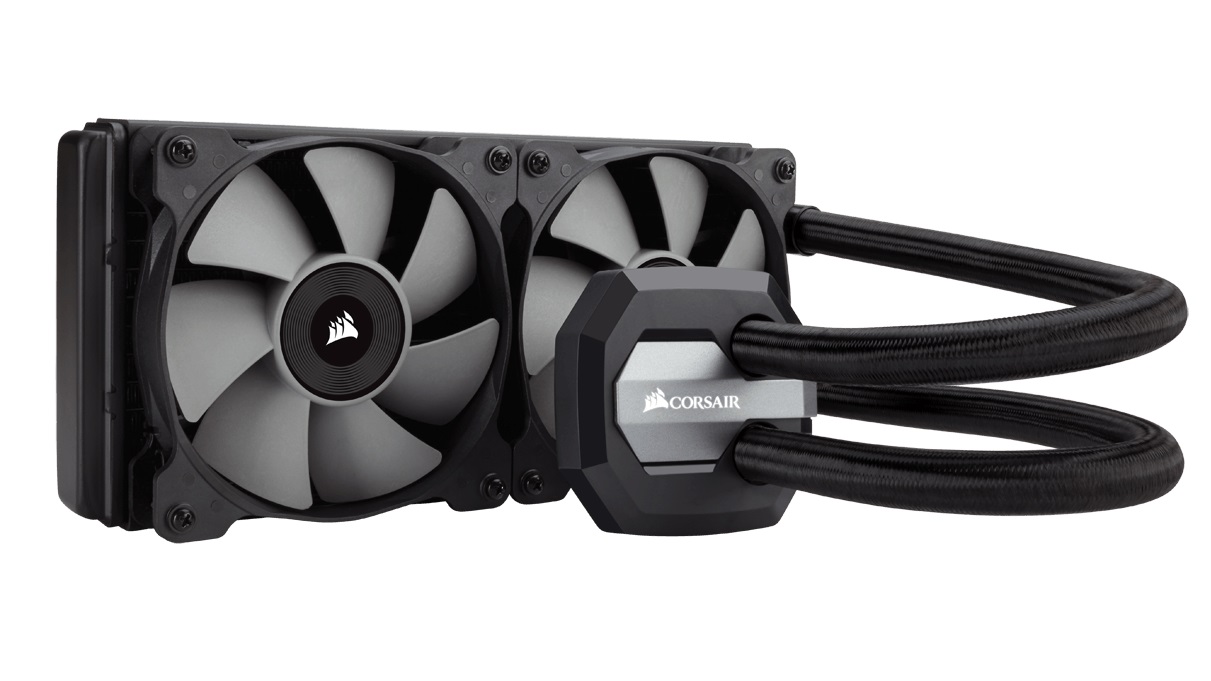
Motherboard
With the CPU chosen, we can now decide on our motherboard. As we went with the Intel Core i9-9900K, we need a motherboard with the LGA1151. So, we picked the Asus ROG Maximus XI Hero Wi-Fi, which supports multiple graphics cards, quad-channel DDR4 RAM and RGB lighting.
Now, RGB lighting isn’t usually top of our list for features, especially on a motherboard, but when you’re streaming it’s always nice to have an eye-catching bit of kit on display.
Asus' ROG (Republic of Gamers) kit is also well known for being solidly built with some great gamer-specific features.

How much RAM?
Speaking of eye-catching kit, we used 32GB Corsair Vengeance RGB DDR4 3200MHz RAM. Not only is this extremely fast, 32GB should be enough to help us with the strenuous multi-tasking and livestreaming demands.
As the name suggests, these sticks of RAM also include RGB lighting, which can be configured via software for visually arresting displays. It’s not just for show, either, as the heat-spreaders at the top of the memory help keep the components cool.
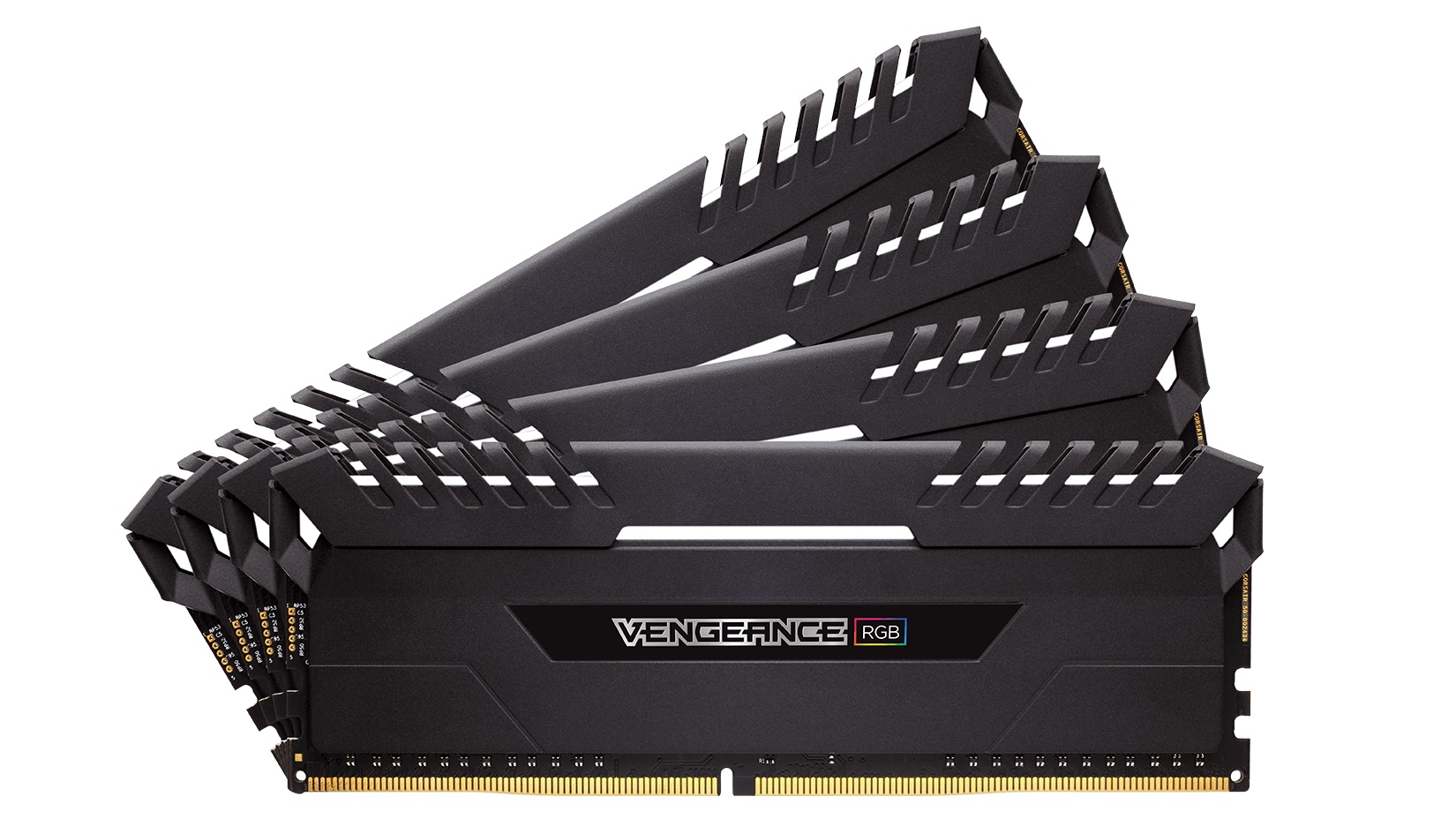
Power supply unit
A PC without power is just an expensive paperweight, and getting the right PSU (power supply unit) is essential. We went with the Coolermaster V1000, an 80 PLUS Gold-certified PSU that provides plenty of power (up to 1000W), while also running quietly with a larger-than-usual 135mm fan that spins slower, while keeping the air moving. This helps lower the overall sound of the livestreaming PC we’re building.
We decided to go for a PSU with plenty of wattage overhead, as this means the Coolermaster V1000 can easily cope with the demanding components we’re using, while giving us room to upgrade in the future. Having a large amount of headroom also allows the PSU to work more efficiently.
The Coolermaster V1000 also benefits from a modular design, which means that rather than having a mess of cables spilling from the box regardless of what you need, you only plug in the cables you need.
This makes cable management much easier, leading to an easier installation process and a smarter-looking PC, and also helps with airflow.
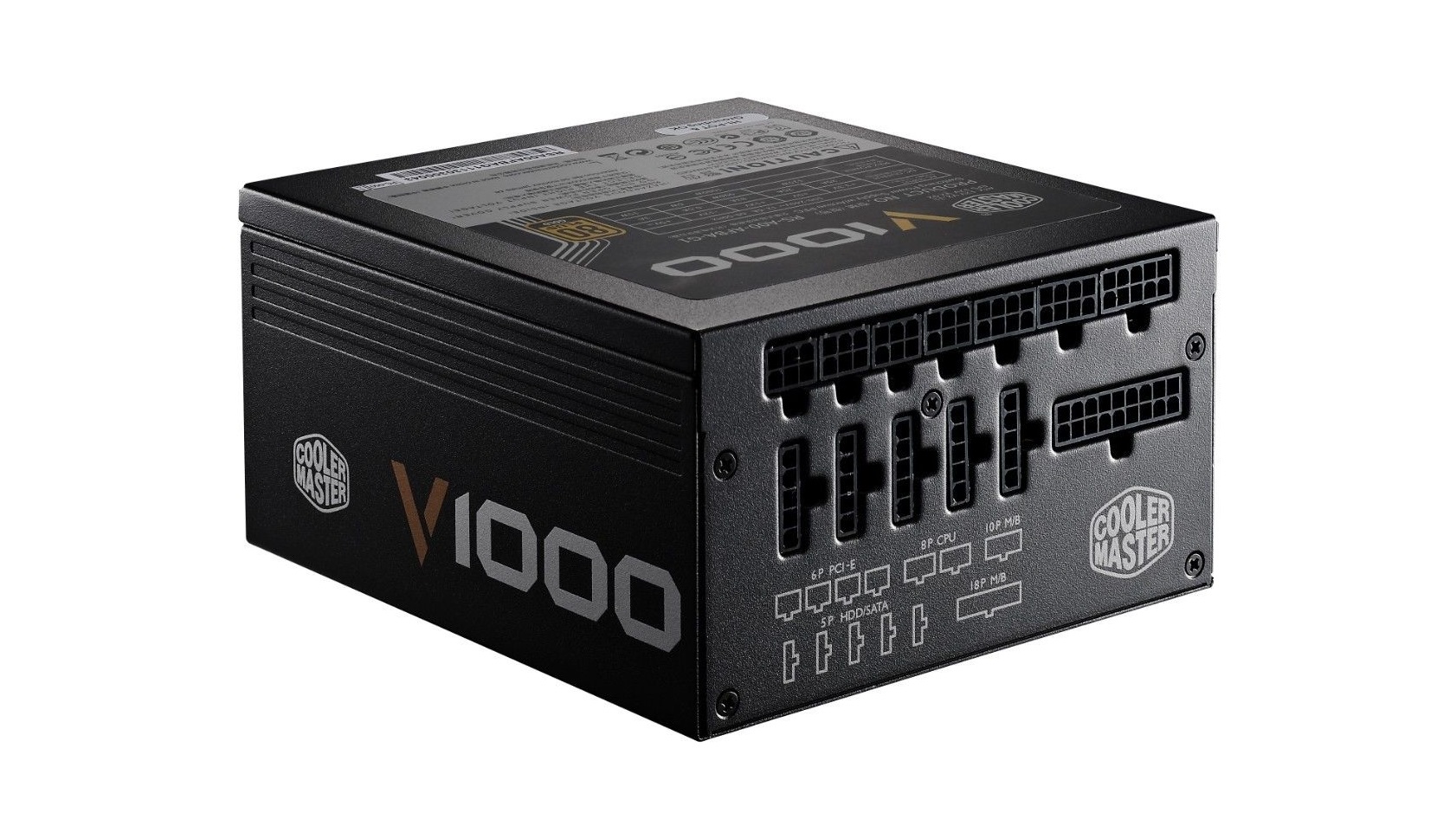
Graphics card
When streaming and playing online games, you'll want a graphics card that can handle high resolutions, while also being able to cope with video rendering while broadcasting.
When it comes to esports and competitive multiplayer games (which is what many people stream), you don't want to have huge 4K resolutions and all the graphics whacked up to max. Instead, you'll want a powerful, yet affordable, card that can handle 1080p footage at high framerates.
That's why we've gone for the Nvidia GeForce RTX 2060 as the best graphics card to put in our streaming PC. With the RTX 2060, you’ll be able to run pretty much everything at 1080p with max settings, and it also features RTX technology for ray tracing, which makes games look even more stunning. It's a great mid-to-high range graphics card for streaming.
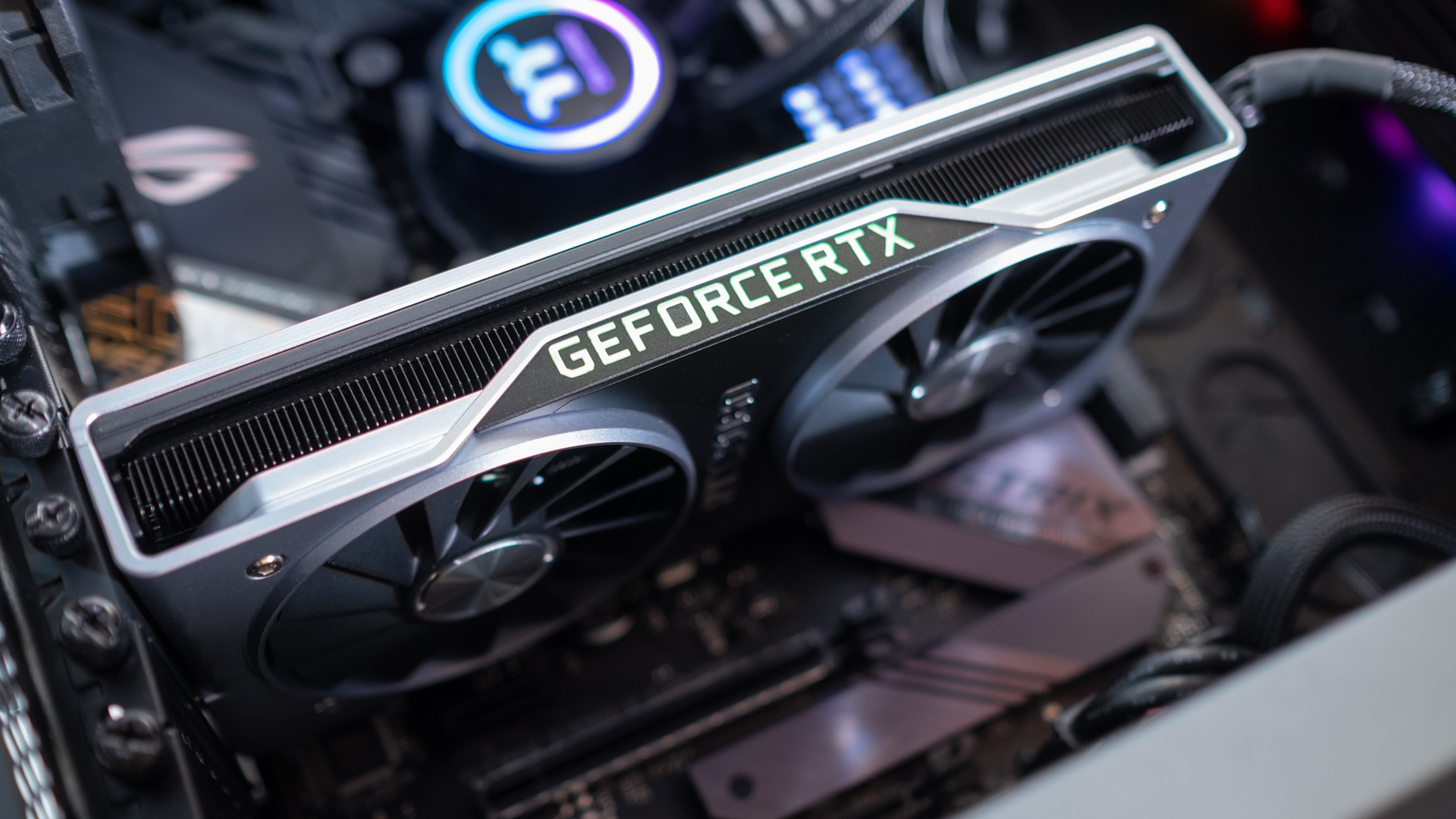
Storage
For storage we used the super-fast Samsung NVMe SSD 960 Pro M.2 1TB as our boot drive, partitioned into two 500GB parts – one to hold Windows 10, the other to store our games. This will facilitate loading Windows in a flash, and 500GB should be plenty of space for the operating system and essential updates.
The remaining 500GB is enough to store quite a few games on, and the Samsung NVMe SSD 960 Pro is one of the fastest hard drives we’ve tested, which will help with load times. You also need plenty of hard drive space to store your footage, so the WD Red with a huge 8TB of space should be plenty.
Just for good measure, we also put in a Adata XPG SX8000 NVMe M.2 512GB SSD for programs, along with a SanDisk Ultra II SSD 1TB, which uses the older SATA III connections. So, yeah – storage isn’t going to be an issue here.
PC case
Now we need a case that will hold all of our lovely components. As we mentioned earlier, PCs for livestreaming are often visible on the streams, so we want something that looks great, and which also offers viewers a glimpse of the components running inside.
This makes the Corsair Crystal 570X an obvious choice; its tempered glass front and sides let you show off your kit, and it’s large enough to hold most motherboards and components while giving enough space for air to flow through the case, keeping the hardware cool.
As you can see from our video at the top of the page, its tool-less design made it really easy to install the motherboard and components, and of course there’s LED control to light up the PC.
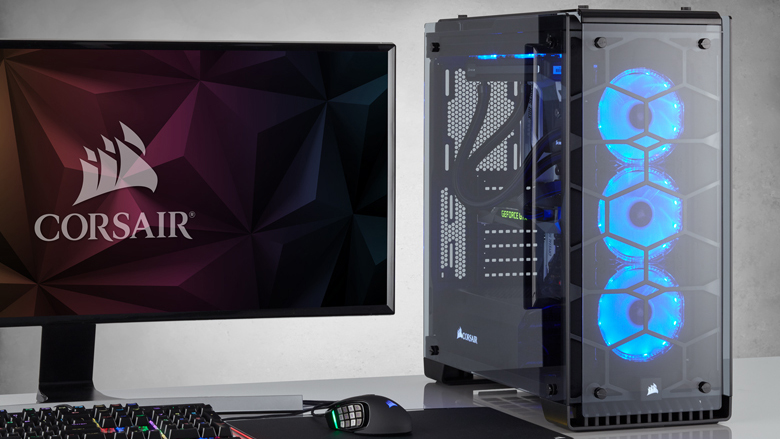
- Find out how to stream a PC game to Twitch
Other important peripherals
To build the ultimate livestreaming PC there are some extra bits and pieces that we need. During the build we added a Sound BlasterX AE-5 PCIe soundcard.
Soundcards may seem a little archaic these days, as pretty much every modern motherboard includes an integrated soundcard (and good ones at that), but when you’re broadcasting you want sound quality to be as optimal as possible, and having a discrete sound card can help. Soundcards also have their own processors, which takes some of the load off your CPU, leaving it to concentrate on other important tasks.
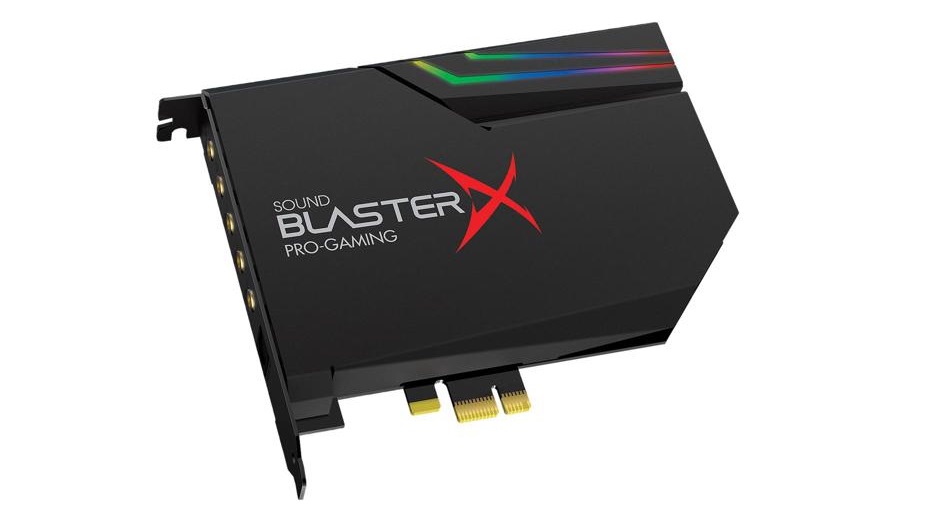
You’ll also want a decent webcam, and the Logitech C922 Pro Stream is an ideal choice, currently sitting atop our list of the best webcams.
It features excellent video quality at 1080p, low-light correction and also background removal – a feature used by a lot YouTubers and streamers.
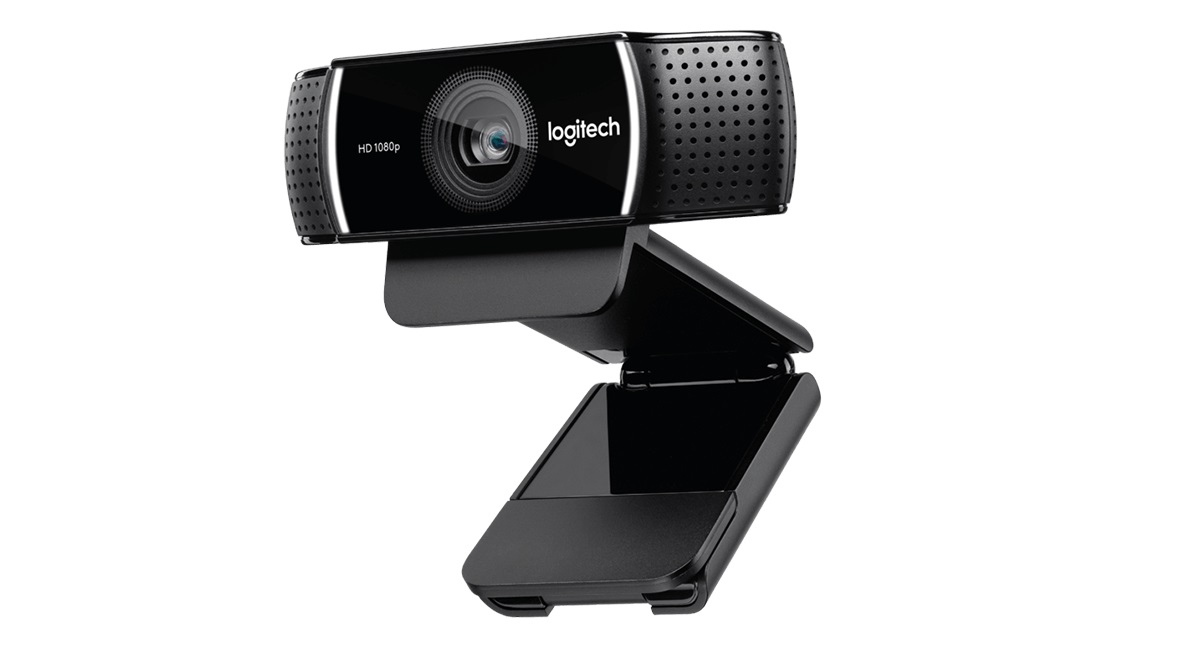
- Find out more about how Intel is powering the next generation of PC gaming.

Matt is TechRadar's Managing Editor for Core Tech, looking after computing and mobile technology. Having written for a number of publications such as PC Plus, PC Format, T3 and Linux Format, there's no aspect of technology that Matt isn't passionate about, especially computing and PC gaming. He’s personally reviewed and used most of the laptops in our best laptops guide - and since joining TechRadar in 2014, he's reviewed over 250 laptops and computing accessories personally.